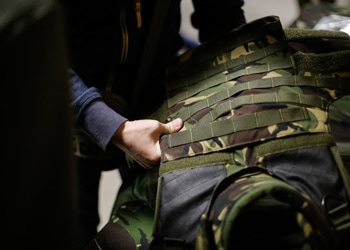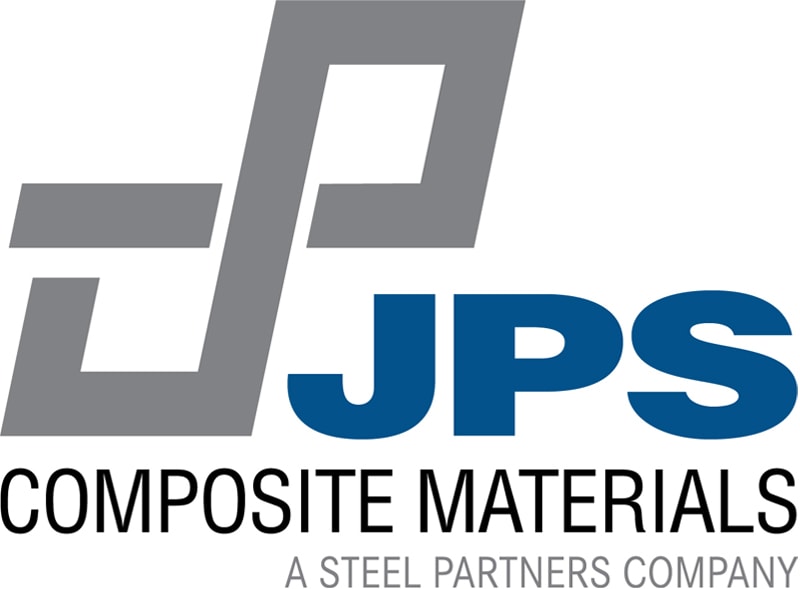 Weaving is a fabric production method that involves interlacing two sets of yarns together so that they cross each other, typically at a 90° angle. The “warp” threads go vertically while the “weft” threads weave in and out between the warp threads horizontally. For highly engineered fabrics, it’s important to consider the thickness, weight, and overall construction in order to select the right base substrate for any given application. There are several different types of composite fabric weave patterns, five of which will be discussed here.
Weaving is a fabric production method that involves interlacing two sets of yarns together so that they cross each other, typically at a 90° angle. The “warp” threads go vertically while the “weft” threads weave in and out between the warp threads horizontally. For highly engineered fabrics, it’s important to consider the thickness, weight, and overall construction in order to select the right base substrate for any given application. There are several different types of composite fabric weave patterns, five of which will be discussed here.
5 Types of Weave Patterns for Glass & Aramid Composite Applications
There are several types of fabric weave patterns, each of which is suited and recommended for different composite applications. Five common weave patterns include:
1. Plain Weave
A plain weave is the simplest, most basic type of fabric weave pattern, assembled by the weft thread running through the warp thread in an ‘over and under’ sequence. The criss-cross pattern resulting from a plain weave forms a very strong, versatile, and durable cloth. Its high density makes it a stable weave.
Plain weave fabrics are a great choice for flat surface applications; however, this type of weave is less pliable, so it may not drape well over complex, 3D features. It is the most common fabric for the electronics and coating industries.
2. Twill
Twill is one of the most commonly used weave patterns in textile production. This type of weave creates a pattern of diagonal lines, or ribs, by passing the weft yarn under and over several warp yarns in an alternating pattern. Twill weave patterns are ideal for applications requiring strong, high-density fabrics. Twill weaves are also more pliable and drape more easily over 3D features than plain weave. This makes it a popular choice for the automotive industry; however, this type of weave is more prone to fraying.
3. Satin
Satin weaves create a soft and smooth fabric. There are two types of Satin weaves – Four-Harness & Eight-Harness – the exact weave to use is determined based on the end use application. To achieve a satin weave, the warp or weft yarn ‘floats’ over three or more of the opposite threads. The floating yarn then passes under one of the opposite threads before repeating the process. The long distance between interlocking yarns creates a lustrous appearance on the fabric. This flexible, pliable fabric is easy to conform to curved surfaces typical in reinforced plastics.
4. Basket Weave
Basket weave is similar to plain weave but uses two or more warp and weft threads combined and woven as one. This creates a more textured fabric with an emphasized checkerboard appearance. Although the basket weave is not quite as stable as the plain weave, it is flatter, stronger, and more pliable.
5. Leno Weave
Leno weaves are most suitable for applications requiring lower aerial weights but specific thicknesses must be maintained. To achieve the leno weave pattern, yarns are locked in place by crossing two or more warp yarns over each other and interlacing with one or more fill threads. Leno weave is often used in construction applications as well as setting bond line thicknesses for tapes and adhesives.
Contact The Woven Fabric Experts at JPS Composite Materials
JPS Composite Materials is an AS9100D-certified manufacturer of composite reinforcement and ballistic protection fabrics, with facilities in Anderson, SC and Statesville, NC. As a world leader in industrial woven fabrics, our products are used throughout a broad range of industries, including electronics, power generation, aerospace, automotive, and more. To learn more about our products, or for help determining the best weave pattern for your application, contact us today.
